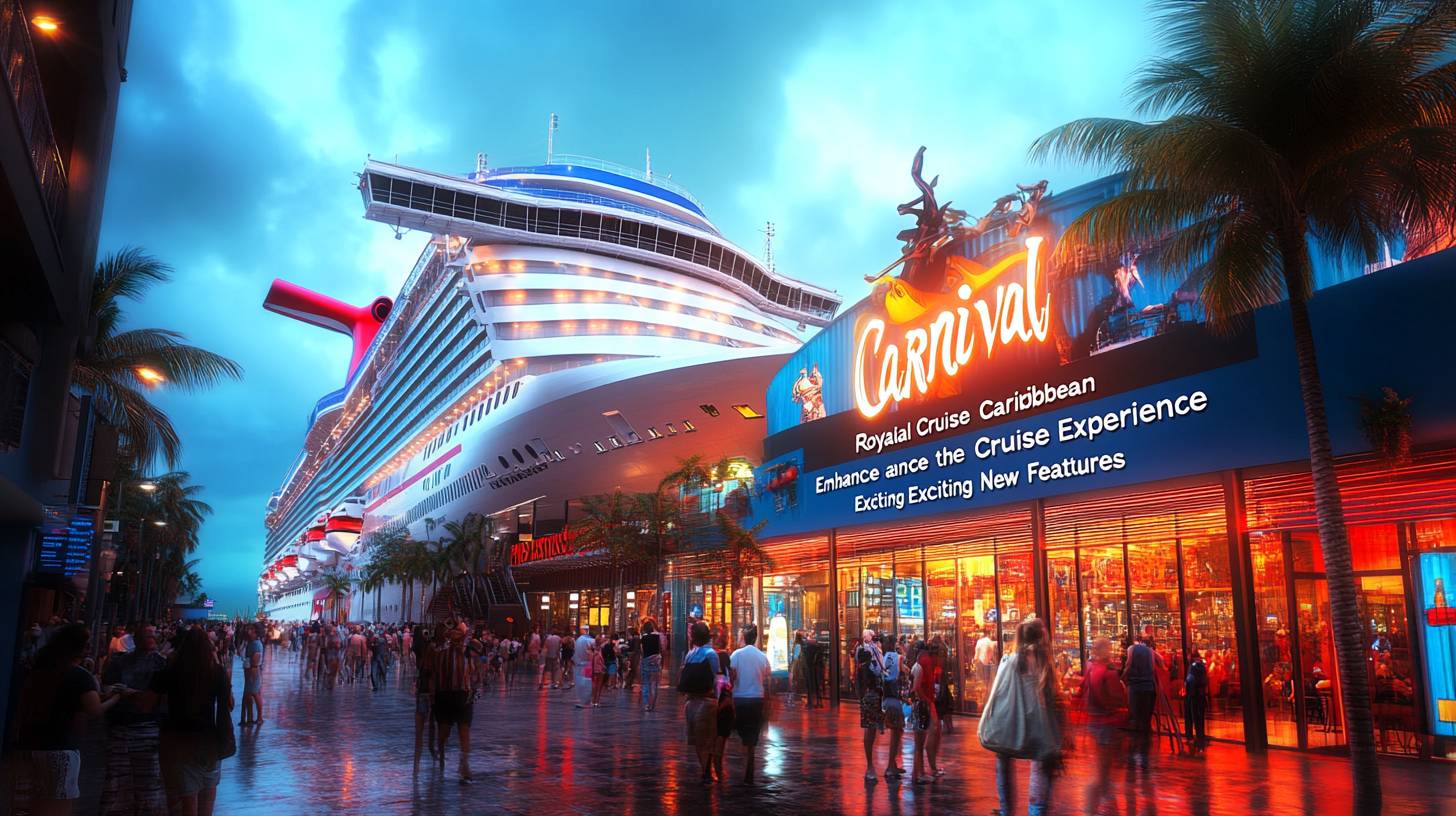
disney and Universal lead the theme park sector
Walt Disney and Universal Studios maintain a strong hold on the theme park sector in the United States, with their influence extending well beyond national boundaries. These two titans are not merely at the forefront; they are the forefront. Although there are other contenders in the arena, they are evidently fighting for a far-off third position.
United Parks, previously SeaWorld, along with the recently combined Six Flags and Cedar Fair, pose as the nearest rivals, but they are unquestionably secondary operators. The market opinion is evident: there are no expectations for these companies to unseat Disney or Comcast’s Universal Studios anytime in the near future.
Rather than confronting the frontrunners directly, these businesses are establishing niches that allow them to provide value that Disney and Universal cannot. Six Flags and Cedar Fair, for example, offer a more budget-friendly experience, with parks strategically placed throughout the United States. This makes them appealing choices for day trips, especially for families who may consider the cost of a Disney or Universal getaway excessive.
Nevertheless, the experiences at these parks do not match the immersive, high-budget spectacles of Disney and Universal. If you were to travel to a Six Flags or Cedar Fair park and stay at a hotel, the experience might seem inadequate compared to the all-encompassing vacations provided by the industry leaders. Yet, for a local day visit, these parks succeed in delivering a positive experience that resonates well with their target demographic.
royal Caribbean and Carnival increase their megaship fleets
Royal Caribbean and Carnival Cruise Line are intensifying their focus on the megaship market, a sector that has shown to be remarkably lucrative. Both firms have unveiled ambitious strategies to grow their fleets with cutting-edge vessels that aim to transform the cruising experience.
Royal Caribbean has made a significant advancement by finalizing an agreement with Finnish shipbuilder Meyer Turku to construct a fourth Icon Class ship, expected for delivery in 2027. This contract also includes options for a fifth and sixth ship in the same class, highlighting the company’s confidence in the sustained interest for these floating resorts. The Icon Class has already set new standards in the industry, with the inaugural ship, Icon of the Seas, establishing new records for size and onboard experiences. This ship has proven to be a commercial triumph, consistently operating at 132% of capacity and breaking revenue records.
The triumph of Icon of the Seas has prompted Royal Caribbean to hasten its expansion plans. The following ship in the Icon Class, Star of the Seas, is scheduled to debut in 2025, in addition to a third, yet-to-be-named vessel in 2026. These ships aim to deliver a comprehensive vacation experience, merging aspects of beach getaways, resort retreats, and theme park fun into a single, all-encompassing offering. This method has resonated strongly with consumers, establishing Royal Caribbean as a front-runner in the megaship domain.
Carnival Cruise Line is equally making substantial investments in its fleet. The company has revealed intentions to construct three new vessels for its namesake brand, each projected to be the largest in its history. These ships, operating on liquefied natural gas (LNG), are anticipated for delivery in the summers of 2029, 2031, and 2033. The design, engineering, and construction of these vessels have been entrusted to Italian shipbuilder Fincantieri.
Carnival’s dedication to growth goes further. The company has also placed orders for two additional Excel-class vessels, scheduled to join the fleet in 2027 and 2028. This new order represents the first contracts Carnival has secured in five years, indicating a renewed emphasis on expanding its capabilities to address increasing demand. CEO Josh Weinstein has highlighted that Carnival Cruise Line is the company’s highest-returning brand, and the new vessels are a strategic initiative to leverage the robust demand for cruising experiences.
For the Australian market, these developments hold significant importance as both Royal Caribbean and Carnival possess a strong footprint in the area. The growth of their fleets could provide more choices for Australian travelers, inclusive of new itineraries and homeports. As the cruise industry moves forward and grows, these investments in megaships are poised to play a critical role in shaping the future of cruising, both worldwide and in Australia.

